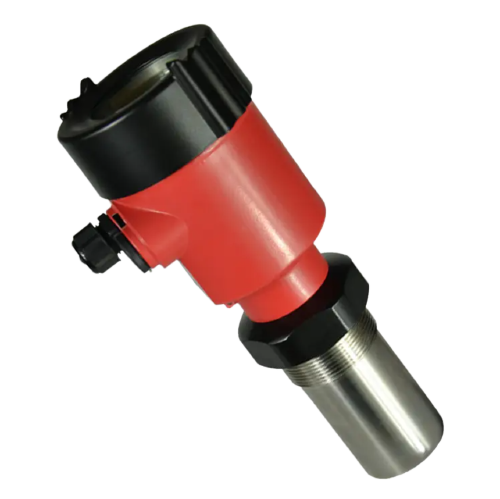
Ultrasonic Level Measurement
Ultrasonic level measurement use sound waves to measure the distance to the fluid surface, providing a non-contact method of level measurement. This makes them ideal for applications involving corrosive or dirty fluids that could damage or foul other types of sensors. Ultrasonic level sensors operate by emitting high-frequency sound pulses across a space. These pulses bounce off nearby objects (such as the liquid surface) and return to the sensor.
By measuring the time, it takes for the pulses to echo back, the sensor calculates the distance to the target. In addition, these sensors are non-contact, require minimal maintenance, and remain unaffected. Unaffected by factors like dielectric constant, density, or humidity. Finally, they find applications in various industries, including chemical, oil and gas, food and beverage, water and wastewater, and mining.
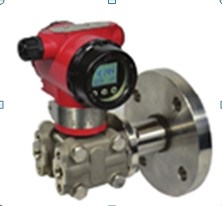
Differential Level Measurement
Differential pressure level measurement measure the pressure difference between the bottom and the top of a tank, which can be used to calculate the fluid level. These sensors are commonly used in applications involving pressurized vessels or deep tanks. Differential level sensors measure the difference in pressure between two points in a container to determine the level of a liquid or slurry.
These sensors typically have two pressure inlets, one at a higher point and one at a lower point within the tank. The difference in pressure corresponds to the height of the liquid column between the two points. This method is highly effective for measuring the level in pressurized tanks and for detecting interface levels in multi-phase systems, such as oil and water separation processes. Finally, differential level sensors are valued for their accuracy, especially in challenging conditions involving high temperatures or pressures.
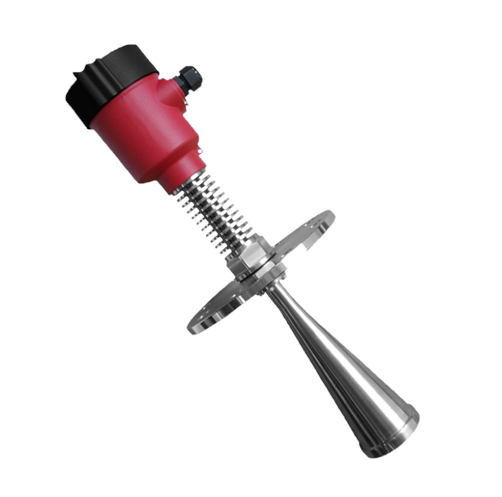
Radar Level Measurement
Radar level measurement operate on a similar principle to ultrasonic sensors but use radio waves instead of sound waves. This allows them to provide accurate level measurements even in challenging conditions such as high temperatures, pressures, or vapors. Radar level sensors measure the level of liquids, solids, or slurries within a container using radar waves. These sensors emit microwave signals toward the material's surface, which then reflect back to the sensor.
By calculating the time, it takes for the signals to return, the sensor determines the distance to the material surface and, consequently, the material level. There are non-contact radar sensors, which measure without touching the material, and contact radar sensors, which use a probe or cable extending into the material. Known for their high accuracy, resilience in harsh environments, and minimal maintenance needs, radar level sensors are widely used in industries such as chemical processing, water management, oil and gas, and agriculture.
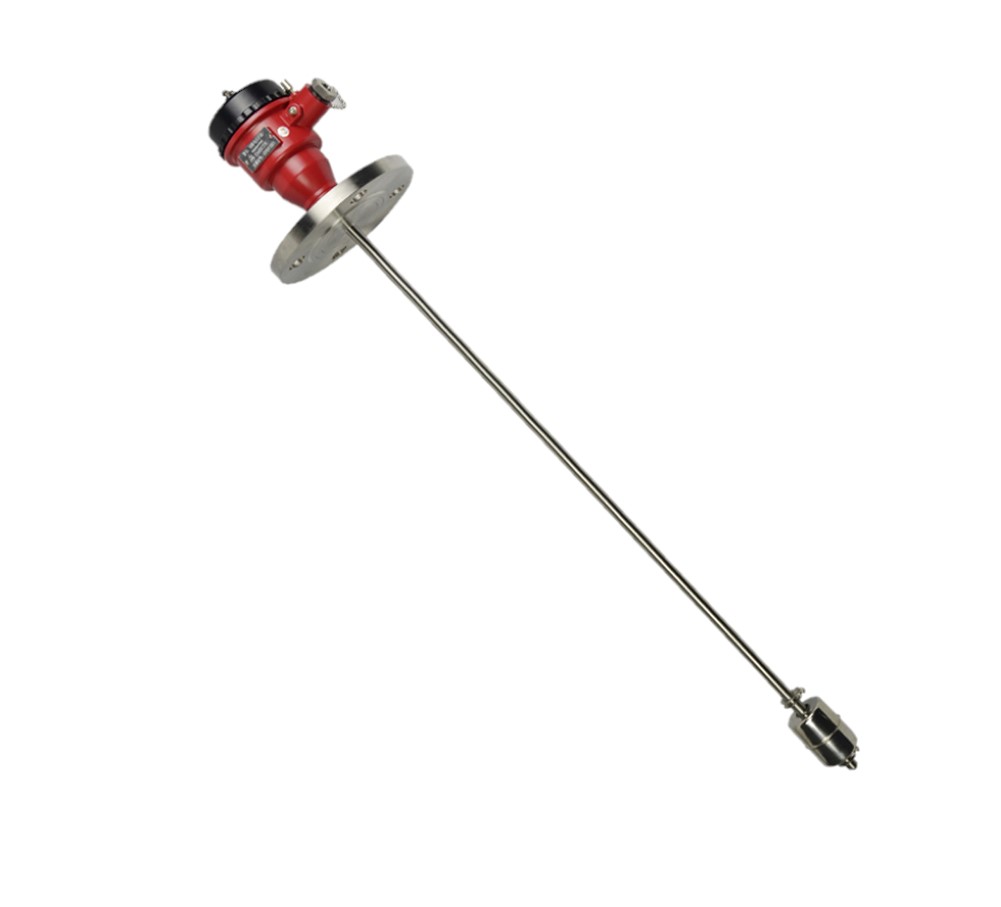
Floating Level Sensors
Float level measurement is perhaps the simplest and most direct method of level measurement. They consist of a float that rises and falls with the fluid level, activating a switch or changing a signal as it moves. Despite their simplicity, float level sensors are highly reliable and are used in a wide range of applications. Applications from small tanks to large industrial vessels. Floating level sensors measure the level of a liquid in a container using a buoyant float.
The float rises and falls with the liquid level and is connected to a mechanical or electronic device. The Electronic device translates its position into a level reading. These sensors are simple, reliable, and widely used in applications. Applications such as water tanks, fuel tanks, and industrial processes. They are suitable for measuring liquids in both open and closed containers. In addition, they can be used for various types of liquids, including water, oil, and chemicals.
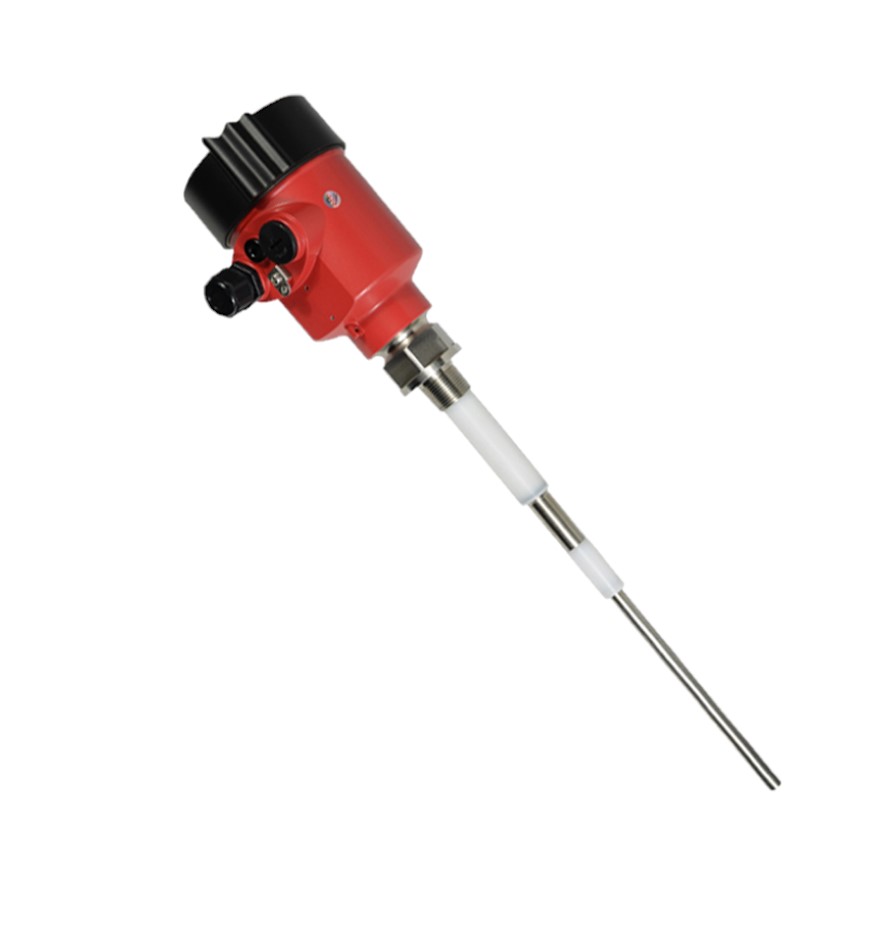
Capacitance Level Sensors
Capacitive level measurement work by measuring changes in an electrical property known as capacitance as the fluid level changes. These sensors are particularly useful for applications involving non-conductive liquids such as oils and fuels. Capacitance level sensors measure the level of a liquid or solid by detecting changes in capacitance caused by the presence or absence of the material. They consist of a probe that acts as one plate of a capacitor, while the container wall or another electrode serves as the second plate.
As the material level changes, the dielectric constant between the plate's changes, altering the capacitance. This change is measured and converted into a level reading. Capacitance level sensors are versatile and can be used for a wide range of materials, including liquids, powders, and granular substances. They are commonly used in industries like food and beverage, pharmaceuticals, and chemicals for their accuracy and reliability.
Level instrumentation is a critical aspect of process control systems in various industries, including oil and gas, chemical, power generation, food and beverage, water and wastewater treatment, and more. It involves the measurement and control of fluid levels in tanks, vessels, and other containers. The primary purpose of level instrumentation is to ensure that vessels operate within their specified limits, preventing overflow or underfill situations that could lead to operational inefficiencies or safety hazards. Accurate level measurement is also essential for inventory management, quality control, and regulatory compliance. Level instruments come in many forms, each suited to specific types of applications. Some of the most common types include float level sensors, capacitive level sensors, ultrasonic level sensors, radar level sensors, and differential pressure level sensors.
Specific Application
While the choice of level instrument depends on the specific application, all level instruments have one thing in common: they must provide accurate, reliable, and repeatable measurements. This requires careful selection, installation, and calibration of the level instrument and regular maintenance. This calibration and maintenance will ensure its continued performance. In addition to the measurement devices, level instrumentation involves display and control elements. Level indicators provide a local display of the fluid level. While level transmitters convert the measurement into a standardized signal for remote monitoring or control. Level controllers maintain the liquid level at a desired set point by controlling a valve or pump.
Conclusion
In conclusion, level instrumentation is a complex and diverse field that plays a vital role in many industrial processes. It involves a wide range of technologies and techniques, each with its advantages and challenges. Despite these challenges, the importance of accurate level measurement and control cannot be overstated. As we continue to develop new technologies and improve existing ones. The future of level instrumentation looks bright, promising even greater accuracy, reliability, and versatility. Whether you’re managing a small tank or a large industrial process, level instrumentation is an essential tool. It is essential for ensuring operational efficiency, safety, and success.
